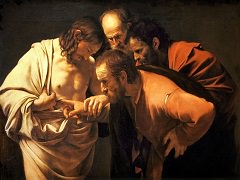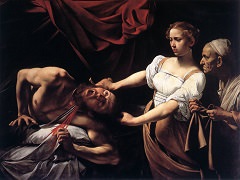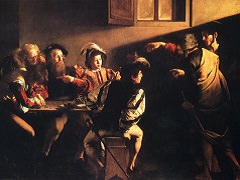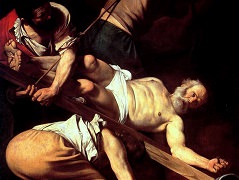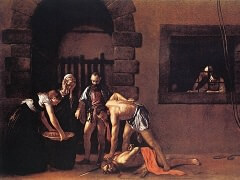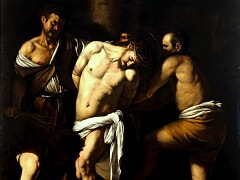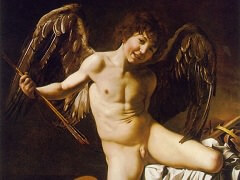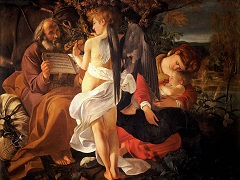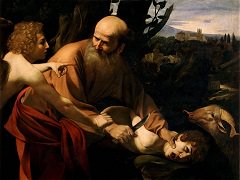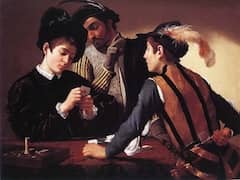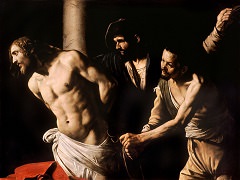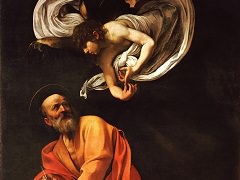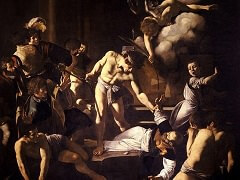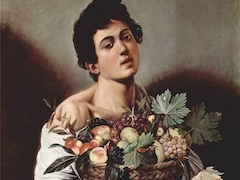Young Sick Bacchus, 1953 by Caravaggio
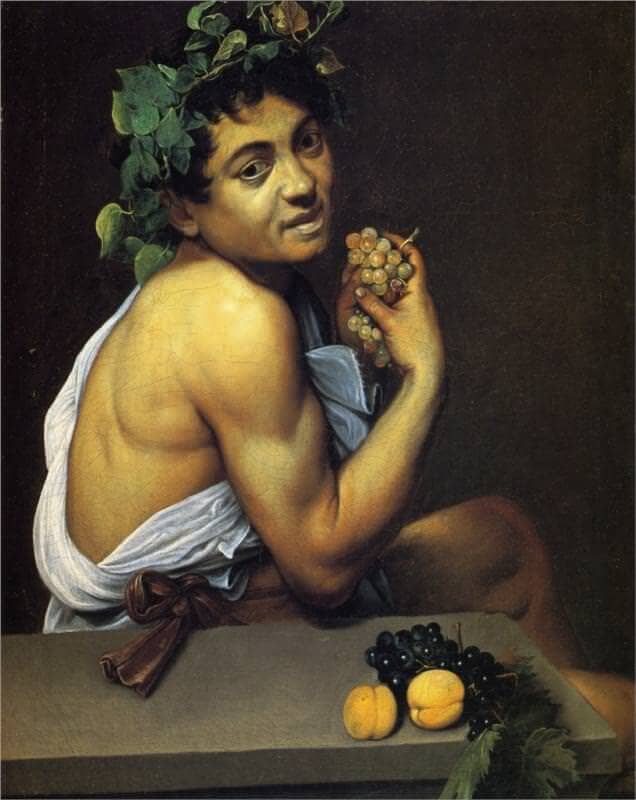
Young Sick Bacchus is also referred as a 'small picture of a youth with a garland of ivy, and a bunch of grapes in his hand'. It was then given by Pope Paul V to his nephew, Cardinal Scipione Borghese, and has remained in the Borghese collection ever since. First referred to as a Bacchus by Caravaggio in the Borghese inventory of 1693, it is now widely accepted as an original. Although the pose, and our information on Caravaggio's practice at the time he was working in d'Arpino's studio (c. 1593/94), would suggest that he used himself as a model, the iconography still presents certain problems. In the first place it is difficult to reconcile the traditional designation as Bacchus with the fact that the youth is wearing an ivy-wreath: ivy was certainly a plant sacred to Bacchus, but his own wreath is normally of vine leaves, or vine leaves intertwined with ivy. Indeed, it may be that early attempts to catalogue the picture as A Satyr, for example in the Borghese inventory of 1790, were not so misguided, since the ivy-wreath was one of the attributes of these bacchic followers. This might also account for the figure's peculiar colouring, which Roberto Longhi ingeniously assumed to be an indication of sickness, arguing that the picture was a self-portrait painted by Caravaggio while he was recovering from a hypothetical bout of malaria in the Hospital of the Consolazione-hence the Bacchino Malato. We now know, from Mancini's account, that Caravaggio was, in fact, the victim of a horse-kick. Any explanation of the subject which is too straightforward, however, ignores not only Caravaggio's powerful originality but also the sophisticated, allusive and sometimes complex symbolism popular during the 1590s in the circle around d'Arpino. As the work was probably painted while Caravaggio was working in d'Arpino's studio, it is possible to see in the painting a reference to the elegiac poet, described in Alciati's popular Emblematfi as a pale youth garlanded with ivy.

